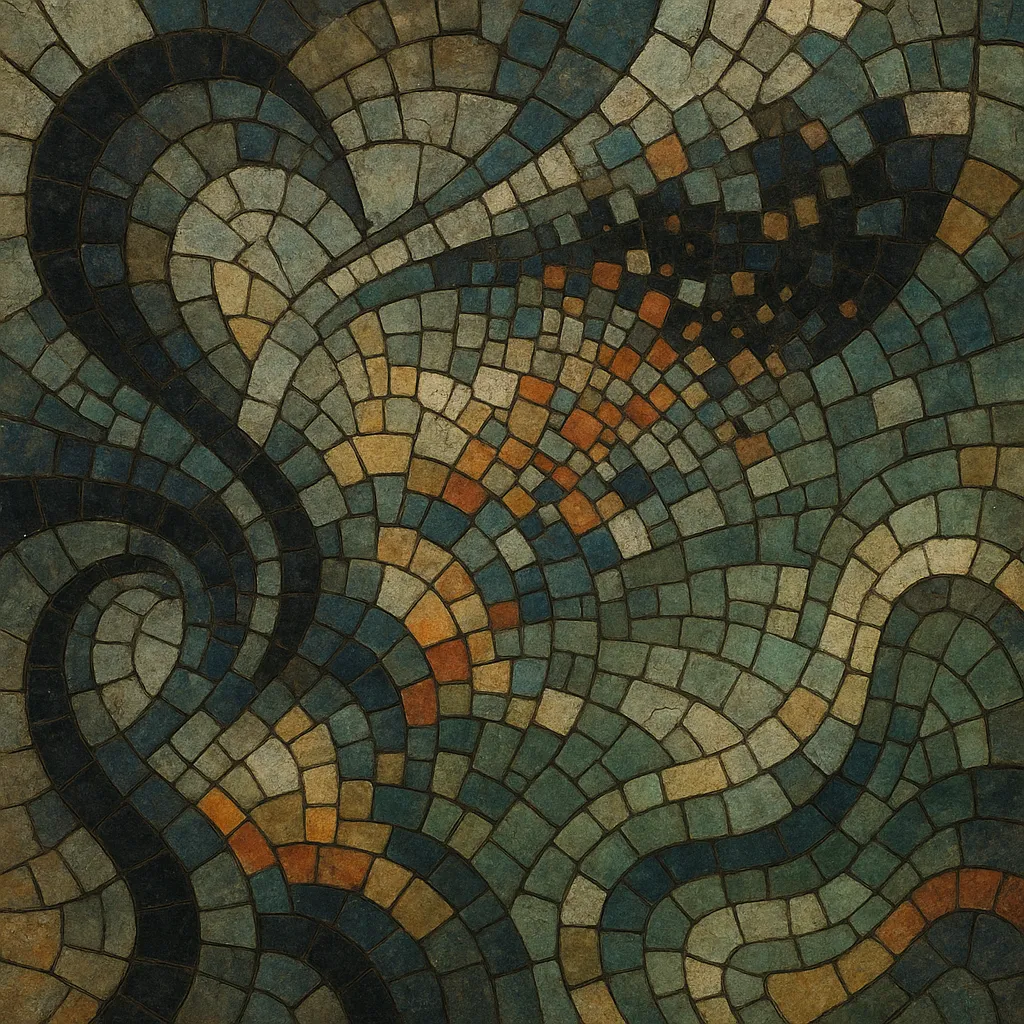Stochastic music is a 20th‑century avant‑garde approach in which musical parameters are governed by probability theory and random processes rather than fixed, note‑by‑note determination.
Instead of traditional melody and harmony, composers shape "sound masses" by controlling statistical features like density, event rate, pitch distributions, durations, and dynamics. Typical tools include Gaussian, Poisson, and Markov processes, which create evolving textures, swarms, and clouds of sound—often realized in both orchestral and electroacoustic settings.
The term is most closely associated with Iannis Xenakis, who formalized the method and demonstrated it in landmark works and writings, but it has deeply influenced computer music, experimental electronic practices, and later microsound/granular approaches.
Stochastic music emerged in the mid‑1950s when Iannis Xenakis—working in Paris—applied probability theory and statistical physics to composition. Early orchestral works like Pithoprakta (1955–56) and Achorripsis (1957) modeled large‑scale sonic behavior using distributions for pitch, duration, and density rather than traditional counterpoint. This was a decisive break from serialism: instead of micromanaging every note, Xenakis managed global parameters to produce complex, emergent textures.
Xenakis articulated the theory in essays that culminated in the book Formalized Music (first essays in the 1960s; expanded editions thereafter), laying out mathematical frameworks (e.g., Poisson, Markov, Gaussian) for compositional control. In parallel, Lejaren Hiller (Illiac Suite, 1957) and Gottfried Michael Koenig (Project 1/2, 1960s) explored algorithmic and probabilistic strategies in computer music labs, turning stochastic ideas into programmable procedures.
With UPIC (Xenakis’s computer‑assisted composition system) and later stochastic synthesis (e.g., GENDY algorithms), the approach expanded from orchestral to electroacoustic media. Composers such as James Tenney, Clarence Barlow, Barry Truax, Horacio Vaggione, and Curtis Roads integrated stochastic control into granular/microsound, montage, and real‑time computer music practices.
Stochastic music reframed composition as designing processes and distributions rather than writing notes, influencing electroacoustic and acousmatic music, microsound, noise, and broader experimental electronic scenes. Its focus on emergent behavior and parameterized control anticipates contemporary generative, algorithmic, and data‑driven composition.
Compose by specifying probability distributions for musical parameters (pitch, rhythm, dynamics, timbre, spatialization) so that textures and forms emerge from statistical behavior rather than deterministic, note‑by‑note writing.
-
•
Define global goals: duration, large‑scale sections, target densities, and dynamic contours.
•Choose distributions: e.g., Gaussian for pitch around a center, Poisson for event onsets, uniform for timbral choices, Markov chains for state transitions (texture types, registers, articulations).
•Generate events: sample pitches, durations, and dynamics from the chosen distributions; constrain ranges to instrument capabilities; group events into clouds/swarms.
•Shape form: modulate parameters over time (increasing density, widening pitch spread, shifting centers) to articulate sections without traditional themes.
•Orchestrate and notate: use proportional notation, cluster chords, divisi, and controlled glissandi; in electronics, map probabilities to granular parameters (grain rate, size, envelope, spatial position).
•Refine by listening: adjust distributions and constraints to balance emergence with clarity; sculpt transitions and macro‑dynamics to avoid static textures.


